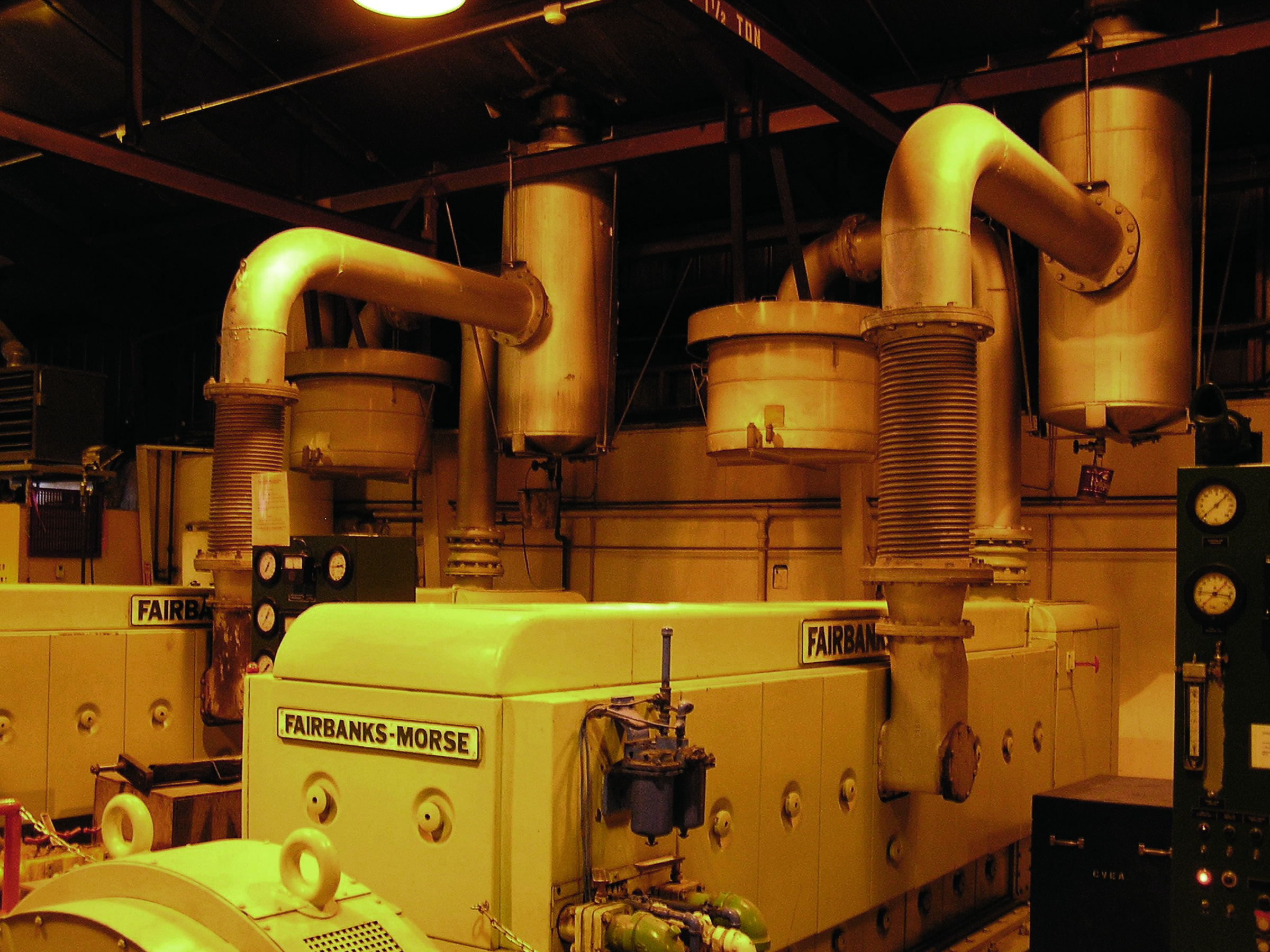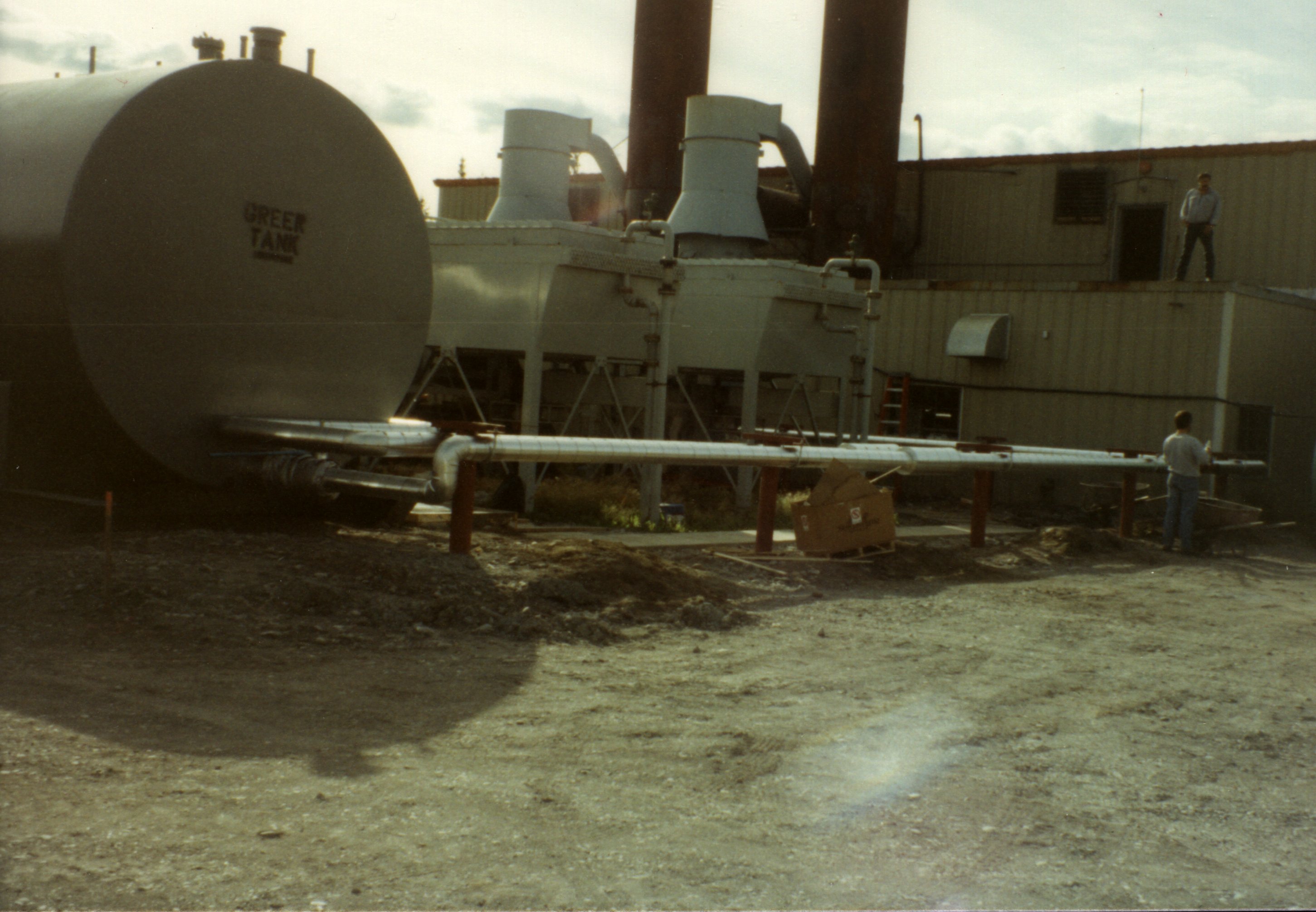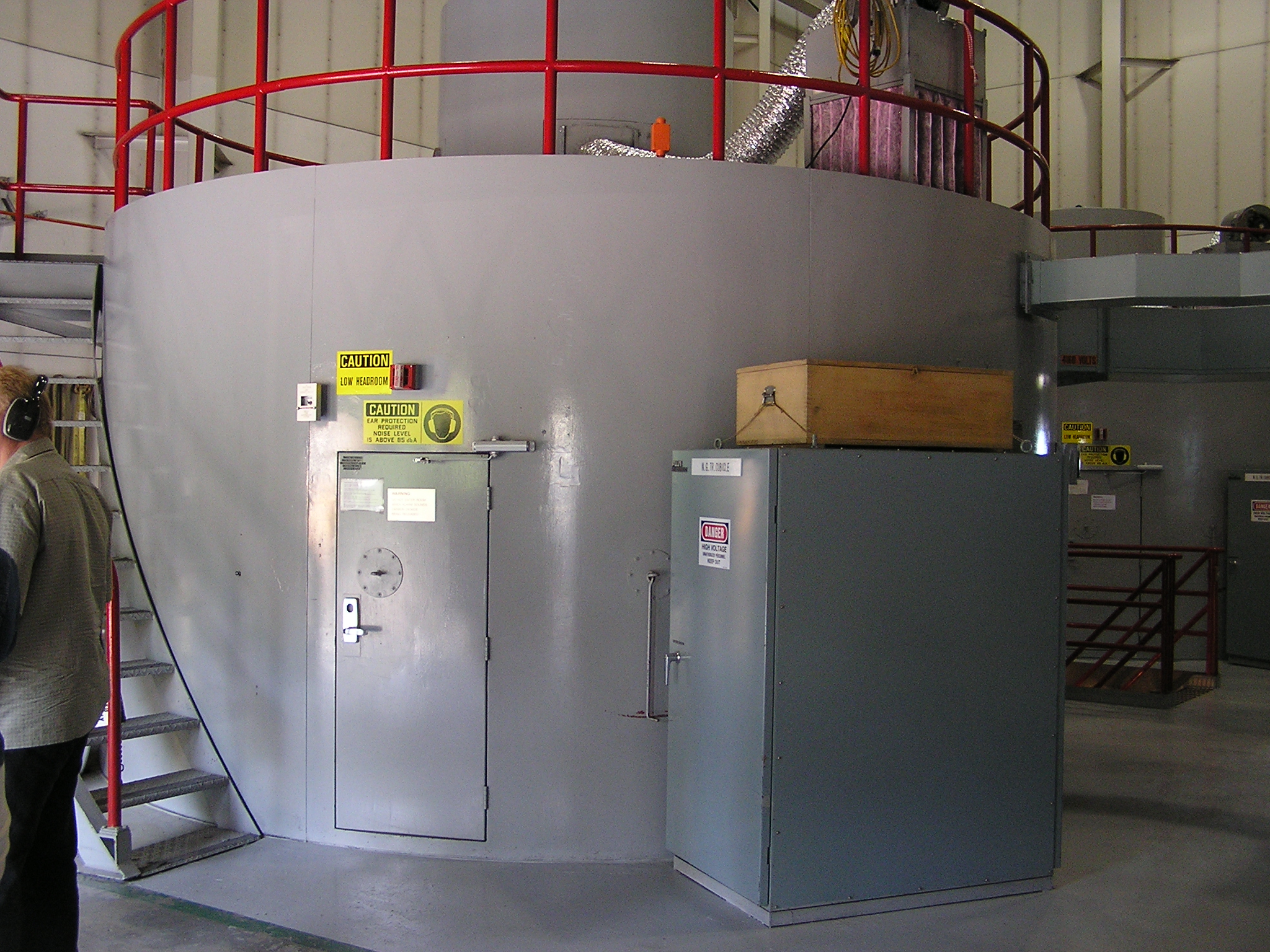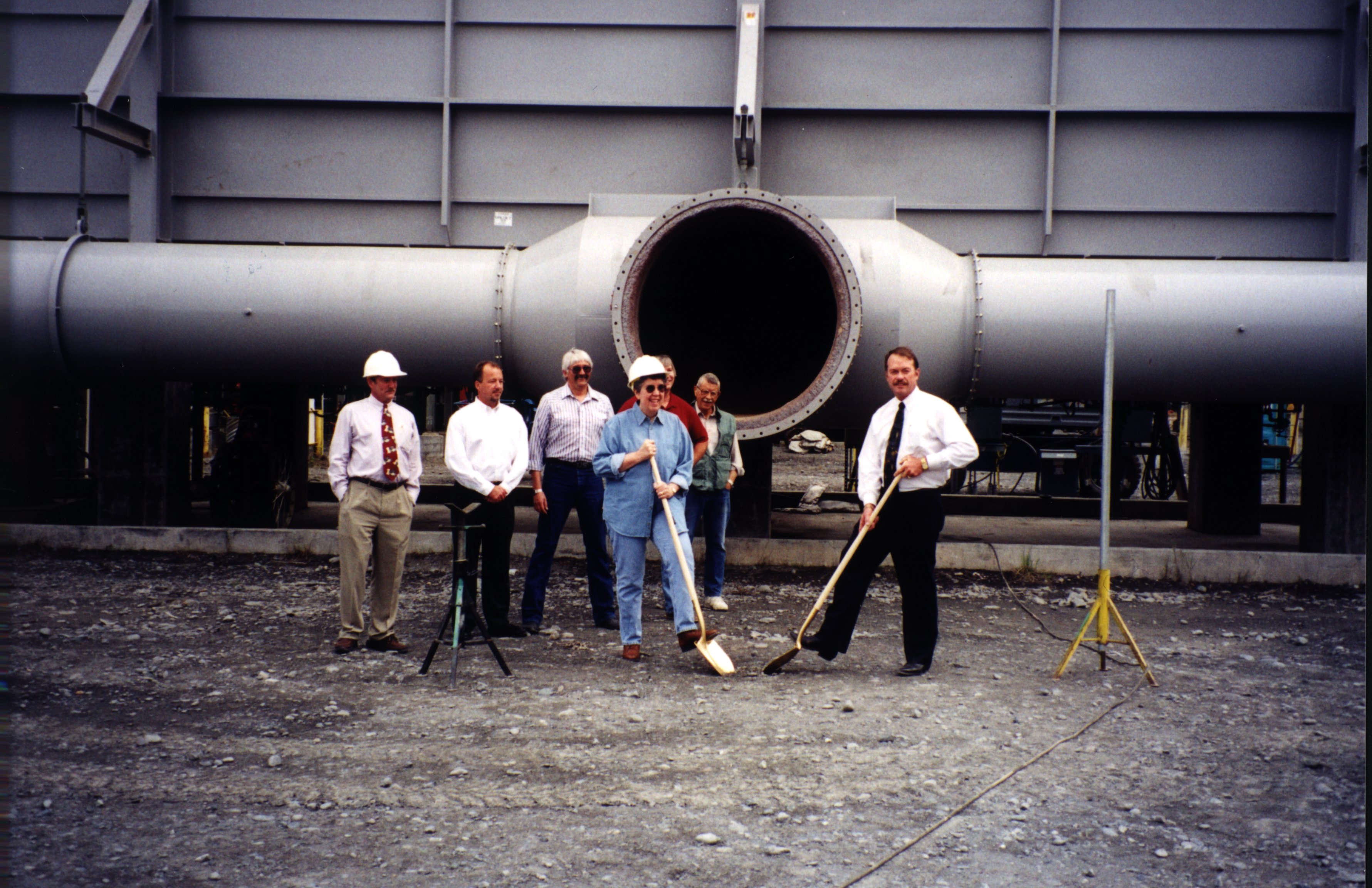CVEA History
Owned By the People We Serve
A small group of Copper Basin residents met in 1952 to plan the formation of a Rural Electrification Administration (REA) cooperative. They demonstrated confidence in the future development of rural Alaska. At that time Central Alaskan Missions (CAM) generated power for its own needs and that of some nearby Glennallen residents. Vince Joy, the founder of CAM, saw the possibilities of rural electrification and stimulated the community to organize an Association. When the first general meeting was held in May of 1955, those initial board members could not have foreseen that the tiny co-op would grow from 38 to roughly 2700 members (Jan 2018) and provide electricity to approximately 8,000 people.
Rural Electrification Administration
 Members of CVEA are beneficiaries of President Roosevelt's New Deal. It was FDR who established the Rural Electrification Administration (REA) by executive order on May 11, 1935. Strongly supported by farmers and rural residents, the idea of government support and financing for rural electrification was adamantly opposed by urban power companies and many members of Congress. After much argument, th Rural Electrification Act was passed by Congress in May of 1936, providing funding for REA loans so that cooperatives could organize. After nearly seven years of planning, arranging REA financing, design and construction, the switch was thrown. In February of 1959, the first power from CVEA's diesel generating plant went through 48 miles of line.
Members of CVEA are beneficiaries of President Roosevelt's New Deal. It was FDR who established the Rural Electrification Administration (REA) by executive order on May 11, 1935. Strongly supported by farmers and rural residents, the idea of government support and financing for rural electrification was adamantly opposed by urban power companies and many members of Congress. After much argument, th Rural Electrification Act was passed by Congress in May of 1936, providing funding for REA loans so that cooperatives could organize. After nearly seven years of planning, arranging REA financing, design and construction, the switch was thrown. In February of 1959, the first power from CVEA's diesel generating plant went through 48 miles of line.
Overcoming Challenges
Since 1959 CVEA has been providing electrical service to the residents of the Copper River Basin, and since 1964 to the Valdez community. The cooperative has met not only the routine challenges of weather and distance, but the extraordinary ones of earthquakes, avalanches, pipeline construction, and the development of hydro power. Sixty years of service have brought great growth to the co-op, and yet some of the greatest challenges lie ahead.
The Great Alaska Earthquake on Good Friday, March 27, 1964, shook the state with almost unimaginable force. At the Glennallen plant, power was shut down for only four hours. Valdez, however, was virtually destroyed, and the city was relocated. The owner of the existing facilities, Owen P. Meals, did not have the means to restore service. CVEA bought the generation and distribution facilities and extended electricity to the new Valdez, as well as servicing those members left in the original town site.
Copper Valley Telephone Cooperative
Also in 1964 CVEA was instrumental in developing the Copper Valley Telephone Cooperative by providing management, accounting, and maintenance support to the fledgling Association. Telephone service was extended to the CVEA service area. In just ten years, the demand on both utilities was so great that the CVEA/CVTC Board voted to separate the utilities in July 1974. At the time the organization was split, the decision was made to headquarter the telephone cooperative in Valdez and the electric cooperative in Glennallen.
Alaska Pipeline
 The construction of the Trans Alaska Pipeline had a great impact on the communities served by CVEA. In the Copper Basin, demands for electrical power led to CVEA receiving supplemental power from the Glennallen pipeline camp in the winter of 1975. To meet the additional demands on the line, CVEA installed two 2600 kw engines in Glennallen, which began operating the summer of 1976. Two more diesel engines were installed in Valdez.
The construction of the Trans Alaska Pipeline had a great impact on the communities served by CVEA. In the Copper Basin, demands for electrical power led to CVEA receiving supplemental power from the Glennallen pipeline camp in the winter of 1975. To meet the additional demands on the line, CVEA installed two 2600 kw engines in Glennallen, which began operating the summer of 1976. Two more diesel engines were installed in Valdez.
Solomon Gulch Hydroelectric Project

Cogeneration Plant
 In 1992, Petro Star, Inc. completed the construction of an oil refinery on Dayville Road in Valdez and became CVEA's largest single power user. In 1994, Petro Star was considering the installation of it own generation unit at the refinery. In a joint effort, CVEA and Petro Star designed and constructed a five-megawatt cogeneration facility that provides a needed increment of power to CVEA members and provides waste heat to Petro Star to enhance the refinery process. The cogeneration plant was fully commercially operational on April 24, 2000.
In 1992, Petro Star, Inc. completed the construction of an oil refinery on Dayville Road in Valdez and became CVEA's largest single power user. In 1994, Petro Star was considering the installation of it own generation unit at the refinery. In a joint effort, CVEA and Petro Star designed and constructed a five-megawatt cogeneration facility that provides a needed increment of power to CVEA members and provides waste heat to Petro Star to enhance the refinery process. The cogeneration plant was fully commercially operational on April 24, 2000.
Locally Regulated
To meet the needs of the membership and reduce operating costs, in 1998 CVEA launched a Local Regulation Campaign. The Alaska Cooperative Enabling Act provides that an electric cooperative has the ability to opt out from economic regulation by the Regulatory Commission of Alaska (formerly the Alaska Public Utilities Commission) by a vote of the membership. The Board of Directors believed, that since they were members of the communities and tuned in with the people they represent, that they would regulate the utility as well as, if not better than, the appointed commissioners of the RCA. In the ensuing election, the membership voted, two to one in favor, and the Association became locally regulated in October 1998.